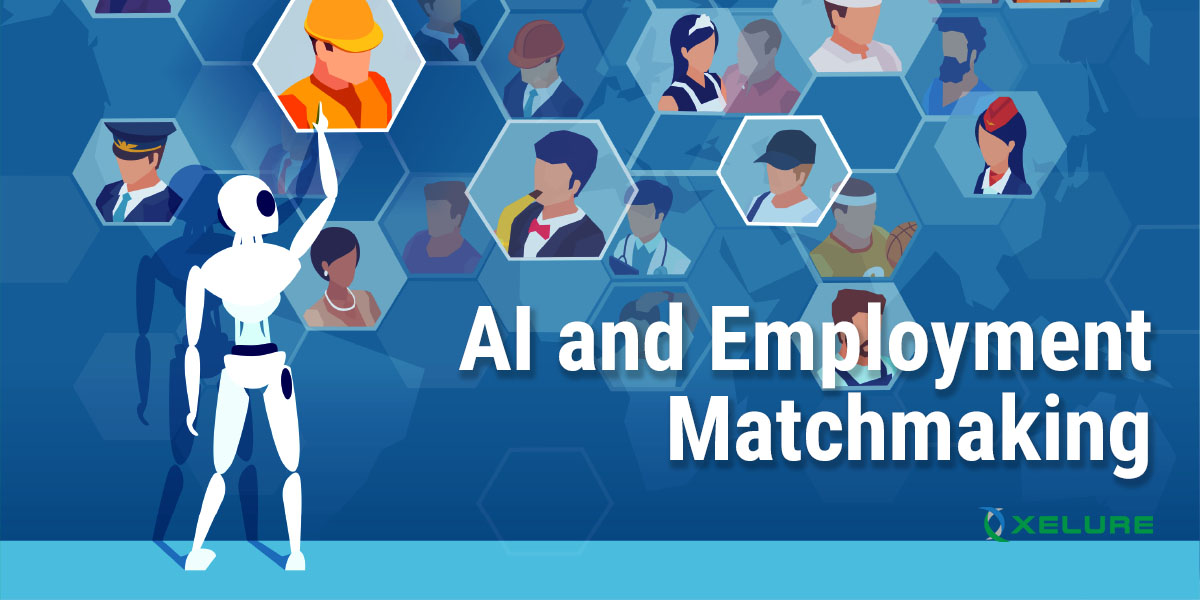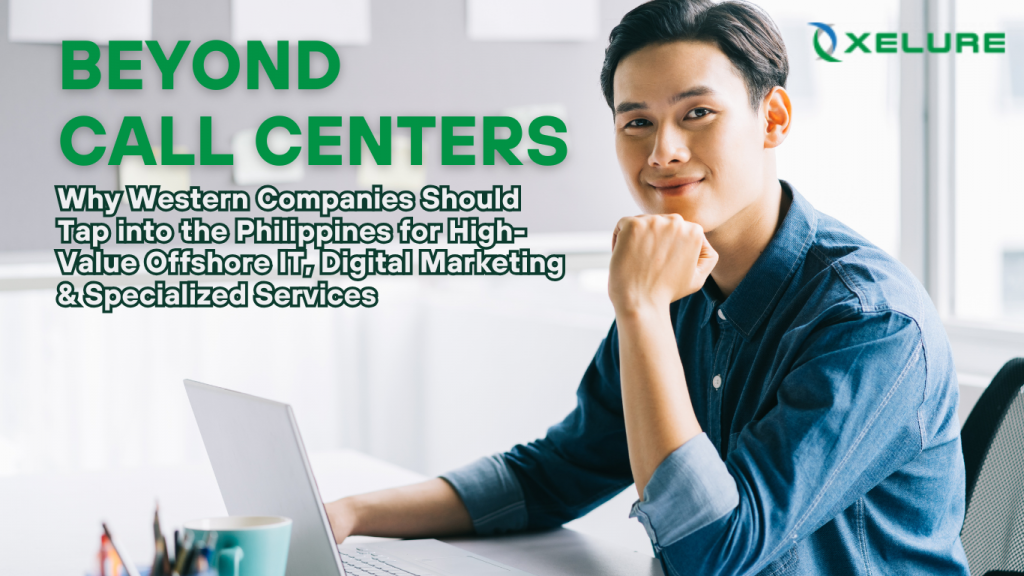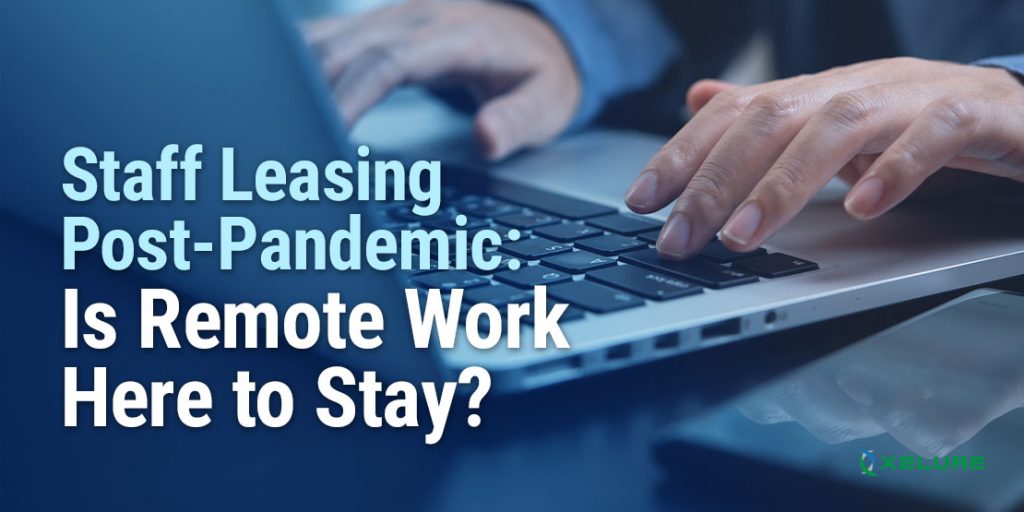In this follow-up article on AI in recruitment in the pandemic, we discuss how AI is being deployed as a solution to the hiring process.
Key to matchmaking between employers and potential employees would be in-person meetings, networking and keeping in touch, and asking the right questions. Yet so much of the time studies and practitioners point to the fit between a role and company versus that of a candidate. A key issue would be the exact fit between a job seeker and the hiring manager or recruiter that represents the employer or company. Most of the time, this appears to be overlooked as an aspect of company culture and therefore a culture fit between the jobseeker and company. Good matchmaking between hiring managers and jobseekers actually have a lot to do interpersonal dynamics be it online or face-to-face. Theoretically, we can look to Geert Hofstede’s five dimensions of culture as a guide to a culture fit between employees and employers. The five dimensions include: power distance, long-term vs. Short-term orientation, masculinity vs. femininity, individualism vs. collectivism, and uncertainty avoidance. A company’s culture may be defined by certain dimensions and therefore a fit may be analyzed with respect to a job seeker’s attitude toward them.
The five dimensions of culture according to Geert Hofstede

Of course, fit means many things from job fit to culture fit, and what many companies try to avoid or reduce is the bias that goes into the process. The deployment of the same psychometric tests between the hiring managers or recruiters and jobseekers may be a way toward looking for the best match in terms of pre-testing before a face-to-face interview is done. Ultimately, this requires a company’s self-awareness about the hiring managers and their own personality and culture before seeking a fit with the jobseekers. Practitioners and researchers talk about reducing biases in the hiring process as if it is completely avoidable. AI may be the answering to making unbiased matchmaking but in the end since the process involves humans, it is inevitably there will always be some bias. Hence a more practical solution here would not be a reduction or elimination of bias using AI but a careful management of biases.
AI will require data and rules to be successful – often this is overlooked when working with our human resources which open the door to bias. Often a company doesn’t put enough effort into training their own employees on interviewing, creating job descriptions or providing them enough information how they will benefit from the new role being filled. Even recruiters, internal or external are not given enough information about the real skills required or the company culture to help in finding jobseekers. This will have still have to be resolved as companies embrace AI as a timesaver and better matchmaker.
Companies Using AI and AI Job Matchmaking
Companies now deploy AI tools in trying to find this perfect match. We run down some companies and AI solutions that they are using.
Perhaps one of the most common AI uses would be the chatbot. Used with a wide range of messaging apps, the chatbot may be used to facilitate the applicant experience and make the initial interview process more efficient.
AI has also been used for candidate screening. The company Ideal has developed software that screens resume’s not only for skills and qualifications but also uses analytics to determine retention. This ensures they hire the best fit for the role but also the most likely a candidate that will be there for the long term and succeed in the job.
Companies are deploying AI to facilitate and fast track the interview process. TopDev developed a one-way video interview software that speeds up the process where the video and text documentation can be shared with multiple decision-makers. The text documentation can easily be searched for keywords.
Personality testing is also now being done via AI, with companies like Humantic AI that has gamified personality testing for applicants. This has made testing pleasurable and neutral for applicants and has fast-tracked the process of assessment for recruiters.
Here are some companies employing AI and the AI they are using according to Glassdoor. Hilton uses AllyO to navigate thousands of applications. Thredup uses TextRecruit to target younger hourly workers. Humana introduced its own on-demand video and voice interviewing tool. FiveGuys Burgers and Fries also uses AllyO end-to-end AI recruitment.
Unilever has been reported to have replaced human recruiters with AI. It reports to have saved 100,000 hours of human recruitment time in 2019 by using AI to analyze video interviews using HireVue.

Meanwhile HomeDepot and Dyson uses Arya which “uses machine learning to find candidates based on data that might be available on a company’s internal database, public job boards, social platforms like Facebook and LinkedIn, and other profiles available on the open web, like those on professional membership sites.” Using this data, Arya even claims that it is able to determine if an employee is likely to leave their present company and take a new one.
Research has long established how the internet and new technologies have sped up the hiring process and reduced the ‘unemployment time’ of jobseekers. Job sites like LinkedIn has LinkedIn Recruiters that uses predictive AI to rank candidates. ZipRecruiter uses AI to match candidates to geographically nearby jobs to determine a good fit (based on traits shared on the platform—like listed skills, experience, and location, previous interactions between similar candidates and potential employers). Regardless of tools or technologies, organizations still need to clarify their hiring strategy, manage biases, and reduce risks by being transparent as a company about your values to make the most of the promise of AI.





